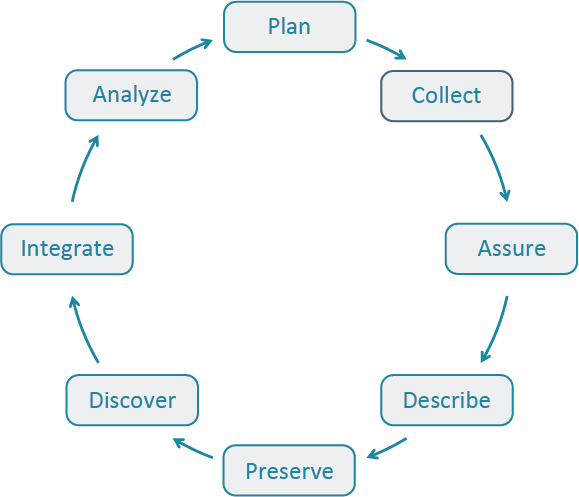Data guide for Jornada researchers
Introduction
Hello and welcome! This is the comprehensive guide to working with data from Jornada research programs. These programs, which include the Jornada Basin LTER (JRN), the USDA-ARS Jornada Experimental Range (JER), and their associated communities, generate a wealth of scientific data relevant to ecology, earth science, and resource management. Studying this guide will help you become a valued contributor to this data commons, and use Jornada data (or any data) more efficiently and effectively in your research and management activities. The guide is written by Jornada information managers (IMs) with support from the Jornada research community and the LTER Network, and it is designed to be accessible for students (graduate and undergraduate), investigators, postdocs, and staff scientists. If you have any questions, don’t hesitate to reach out to Jornada IMs at jornada.data@nmsu.edu.
Before you begin
Before you begin your research, you should know the expectations and policies the Jornada has for permitting, data management, attribution, and personal safety during research. These are covered in full detail on the Jornada LTER and USDA-ARS Jornada Experimental Range websites. Here is a quick rundown as a reminder:
- You must request approval and obtain all required permits prior to beginning field research.
- Researchers are expected to submit data and metadata to the IM team during their research, or, for some collaborators, when research concludes.
- Acknowledgement of funding support and citation of Jornada data is expected, as appropriate, in Jornada journal publications and other research products.
- Researchers must follow our safety and conduct guidelines when working at the Jornada.
This guide focuses mainly on data-related research activities, but you’ll find policy and permitting guidance in the Starting research chapter, and relevant templates and forms in the document archive. Safety and conduct guidance is found in the Jornada Safety Handbook and Code of Conduct.
The data lifecycle
This guide is organized roughly according to the DataONE data lifecycle (Michener and Jones 2012), which outlines 8 distinct phases of working with data in a research context. In practice the phases overlap considerably the timing of activites and who executes them.

- Planning for research and data management is covered in the Starting research chapter.
- We discuss data collection, quality assurance, and many aspects of describing data (with metadata) in the Collect and manage data chapter.
- When you are ready to preserve your data by publishing it in a repository, read the Prepare and publish chapter.
- To learn how and where to discover Jornada data, read the Data discovery chapter.
- Data reuse, including integrating and analyzing data is covered in the Using data chapter.
Research workflows and data management can become complex, and the Jornada is a big project, so we have also created an Advanced topics in research data management chapter. You will find many Jornada-specific tips throughout the guide, but much of the advice in these chapters can apply to managing data in other contexts.
Learn more
The Jornada IM team consists of both Jornada Basin LTER (JRN) and USDA-ARS Jornada Experimental Range (JER) staff. If you need to know more about how we manage data, or how you or your lab can do a better job with data, there are a number of opportunities to learn more.
- Jornada Desert Ecology Short Course - The IM team presents there each year
- Data Therapy Thursday
- See our References and links page.